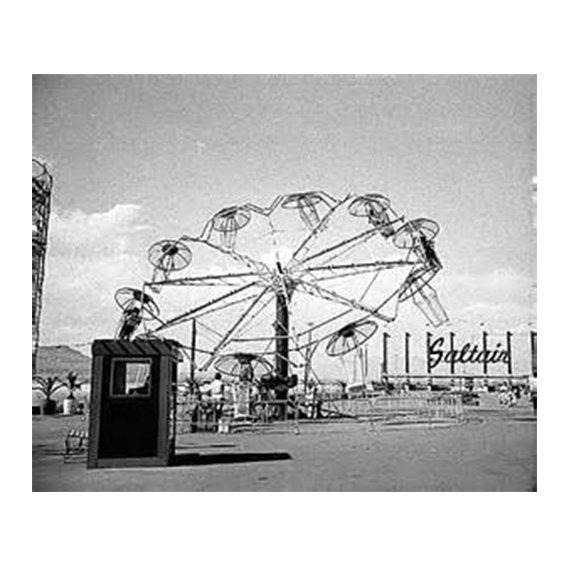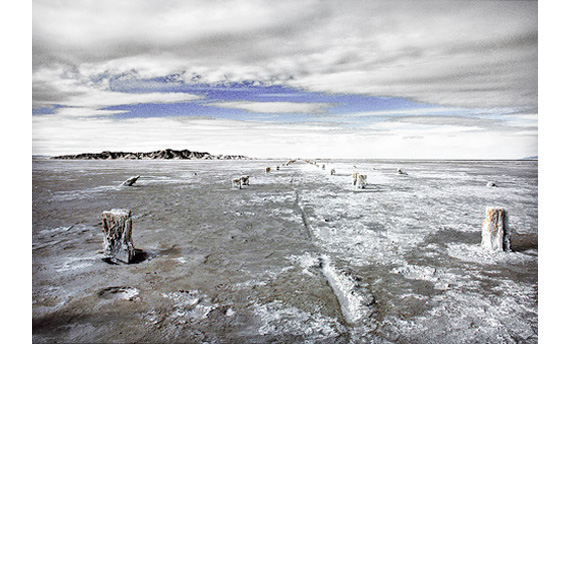[hw]Writing tablets[/hw] used by ancient Romans were coated with wax, so they could be written on, then smoothed, then written on again. It was Cicero who described this process with the word “palimpsest” a word from Greek, παλίμψηστος, or palímpsestos, which meant “scraped clean and used again.”
The word came to be applied to the reuse of other writing materials, as well. Crackly, reed-based papyrus, is delicate and does not take well to either scrubbing or time, but the more robust skin-based parchment was frequently reused. The animal membrane was also labor intensive to create, having to be stretched tight on a frame, cleaned, bleached, and scraped. Scraped wet. Scraped dry. Scraped and stretched again. And so it was often wiped clean rather than archived.
A grain ledger might have been rubbed by a poet with milk and oat bran until the ink washed away. Years later, increments and amounts would start to reappear, and juxtapose themselves among the verses. Legal documents might be cleaned 300 years after their first incarnation, to come back as correspondence in a different era, different handwriting, different culture.
Our palimpsest is a place. Our page is a landscape, washed by water, salt, fire, and wind. Because it is so stark, everything that's written on the Salt Flats takes on a distinctness, even if it doesn't endure. What's left after the inevitable erasure are trilobites mingling on the page among Ferris wheels, and Victorian bathers bobbing corklike in the 25% salt content of the Great Salt Lake-- though their impression is only faintly visible. Garfield & Western's interurban rail cars are scribbled on by Deadmau5. And soon enough that is scrubbed off. The Saltair itself has been rubbed away by fire and then re-written twice. They say that it's haunted.
Perhaps "ghost" is another word for the writing of an earlier era.



